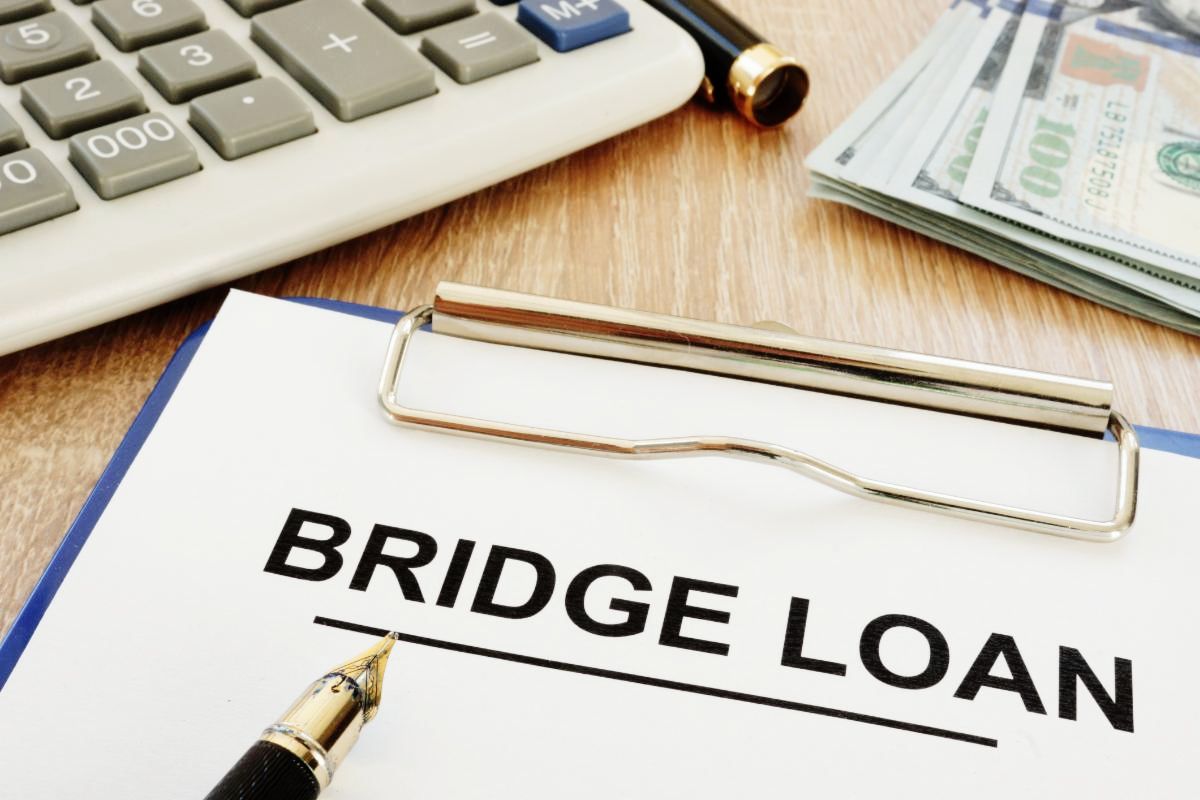In today’s competitive housing market, contingencies will play a higher factor in whether the seller will accept your offer to purchase. Sellers are more likely to accept an offer without contingencies linked to selling a buyer’s current property, which can leave buyers frustrated and looking for a better alternative.
Bridge financing will remove the contingency mentioned above, making your offer to purchase more attractive to the seller getting you into your new home quickly. This style of financing can also be used in conjunction with our construction financing product if you are planning to build your dream home rather than purchase.
Let’s break down how bridge financing works and see if your situation fits.
- Short term financing – 6 months
- Interest only payments
Bridge loans use the existing home and the new home as collateral by utilizing the equity you have in your current home. We start by adding the appraised values of both properties together to get the Total Appraised Value. Next, we take the sum of all mortgages (Total Mortgages) on both properties and then divide that against the Total Appraised Value. This will equate to a percentage called the Combined Loan to Value. The simple equation is “Total Mortgage ÷ Total Appraised Value = Combined Loan to Value.” Financial institutions will vary on what is an acceptable Combined Loan to Value ratio to approve the loan. Typically, if the percentage falls below the range of 80%-90%, the deal could be healthy enough for approval, pending additional factors which we will cover next.
| Appraised Value | Mortgage(s) | Equity | |
| Proposed Home | $500,000.00 | $500,000.00 | $ – |
| Current Home | $300,000.00 | $140,000.00 | $ 160,000.00 |
| Total Appraised Value | Total Mortgage(s) | ||
| $800,000.00 | $640,000.00 | ||
| Combined Loan to Value | 80% |
After the Combined Loan to Value ratio is calculated, the transaction would need to be evaluated like any other mortgage by verifying current income and debt structure on a monthly spectrum. Your Debt-to-Income ratio needs to support carrying the additional short-term interest only payment for the bridge in addition to your current monthly debt.
After the transaction is completed, your prior house will sell, at which time the proceeds will paydown the bridge loan and then transfer into long-term financing.
Using a bridge mortgage is quickly becoming a beneficial option that your lender needs to have if you want to remain competitive in today’s quickly changing real estate market.



